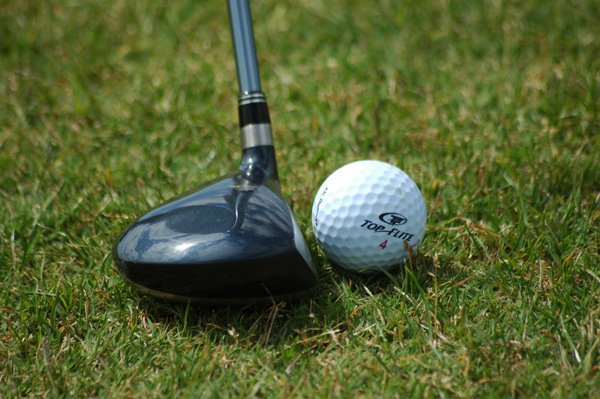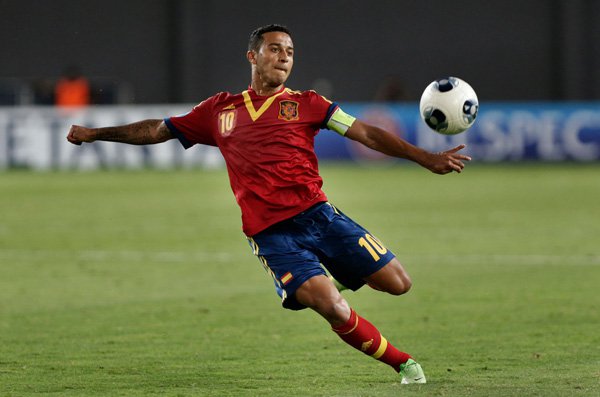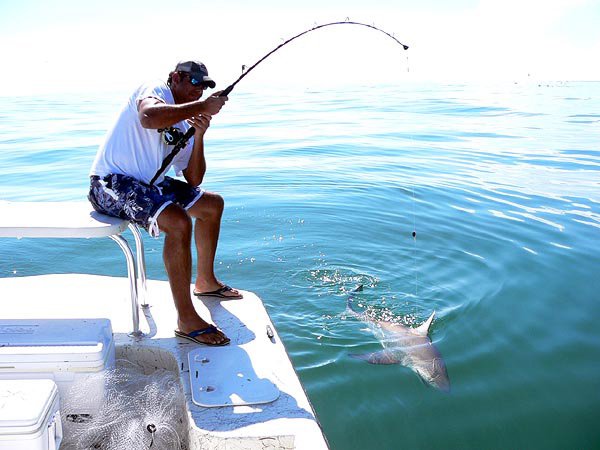Running into Kicker
Question
QUESTION: On 4th and long Offense lines up in punt formation. D Tackle is not blocked and running at the kicker arrives before the kicker has released the ball to punt. Not sure what to do (kids from the ends are taught to cross in front of kicker so as not to rough him, but the poor DT, facing almost right into the kicker had no idea what to do) the DT stands up, raises his shoulders and arms so as not to his the kicker and sidesteps, making minimal contact with the kicker as he tries to avoid him.
Refs call roughing the kicker (15 yd personal). I would think that at worst this would be running into the kicker (5 yd and redo) but for the fact that the kicker never dropped the ball (there was no act of kicking) and there being no kick the DT could have actually tackled the kicker, assuming that this was some kind of sneaky running play......
While I understand the need to protect snapper and kicker at high school and lower play, where the offense does not declare the punt, how is the defensive team to make an intelligent decision in such a situation and shouldn't the child's decision in this case be rewarded instead of punished?
ANSWER: Marc
You pose a very good question and reasoned very well. However, you need to consider a few things and a few officiating philosophies, approved rulings or case book examples and the Rules committees points of emphasis.
Before I answer you question you hit the nail right on point. Had the DT tackled the "Punter" before he was in the act of kicking it would have been a loss of yardage play and legal. The punter would have been deemed a "RUNNER" and Not a "kicker" while he was was not in the act of kicking.
Now this is where the rules gets technical and subjective and this is where the officials are necessary parts of the game to interject their judgement. A Kicker is part of a special Class of player that gets extra protection under the rules while they are performing their special task (i.e. Passer, Long Snapper,Holder, Kicker).)
Had the Punter stopped and held the ball a long time longer than his usual sequence, then he may be deemed a runner when the contact occurs. If the punter runs with the ball and kicks Rugby style while on the run, he is given less protection. However as long as the team is in an obvious scrimmage kick formation and that there is a player in position to receive the snap and kick the ball, that player who is designated as the kicker will get extra protection from the time he receives the snap to the time his kicking foot touches the ground after kicking the ball and he is well established on his two feet and has regained his balance.
The key to understanding and officiating the suggestion in your second paragraph is understand whether the offensive team was in an obvious scrimmage kick formation. You indicated it was 4th and long. That would trigger the thought a scrimmage kick is likely. If a kicker is in position to punt the ball and it is obvious then the Defense MUST not contact the kicker!
Your questions in the third paragraph: "how is the defensive team to make an intelligent decision in such a situation and shouldn't the child's decision in this case be rewarded instead of punished?"
First the Defense is not permitted to touch, run into, rough, block, charge, displace, tackle or make any contact with a KICKER. The defense does not have to make a decision (intelligent or otherwise). The rules make the decision for the defense - they are not permitted to make contact with a kicker.Now if the contact is slight or incidental and it does not displace the kicker or it was not reasonably certain a kick was going to occur or the contact is cause by an illegal block by the offensive team.
Second, the idea of whether a child's (player's) decision in this case be rewarded instead of punished is outside the scope of the rules and the game. The only rewards in the game are scores. A player's decisions are not considered by the rules or the officials who govern the game. From a rules standpoint, the only decisions a player has to make is whether he will conduct himself within the definition of the rules.
You must also consider the level of the game being played. There is no room to error on player safety issues especially at youth level football.
If contact is made during the kick officials are taught to rule on the side of safety and penalize for Roughing the kicker. If contact is made with the plant foot it is ALWAYS Roughing.
Based on your description of the play I would tend to believe to Referee was correct in calling the foul of Roughing the Kicker. However my concern is the "minimal contact" you describe.
Lastly you indicate that the "DT stands up, raises his shoulders and arms so as not to hit the kicker and sidesteps, making minimal contact with the kicker as he tries to avoid him". This very act may have called attention to the contact and cause the Referee to call the foul. The "minimal contact, side stepping and attempt to avoid contact" is the subjective factor that I would need to see before ruling on the play. This action by the DT may qualify the contact as "slight [under National Federation Rules] or "incidental" [under NCAA Rules] that would vitiate the foul.
In conclusion, It depends what level and what rules are being used as to whether there is a foul. The play requires subjective consideration of the covering official. If the minimal contact was was slight or incidental and did not displace the kicker likely I and other reasonable Referees would have passed on calling it a foul. However if the Referee judged the contact to be against the plant foot and contact was not slight or incidental he likely should have called running into the kicker if the contact was not during the act of kicking. If in question in the mind of the official it is 15 yard. Roughing and not Running into the kicker.
---------- FOLLOW-UP ----------
QUESTION: Very comprehensive response. The solution suggests a rather nefarious ploy, however...... It would seem that the Offensive team can simply run out the clock by having the punter hold the ball in punt ready fashion as no one can touch him until he kicks the ball. The clock is running and there is apparently no obligation for the punter to kick within any time constraint. In fact, if the O-line is instructed to let the D through and a coach puts his heftiest man in at punter it would look like a guaranteed way to either make 15 yards or run out the clock! I wonder if this would be considered a trick play to discuss with the refs before the game ;=}
Answer
Marc
In this follow up situation a Punter by holding the ball for a longer time than reasonable and not taking any action to kick the ball would then not elevate the Punter to the protection of a KICKER. He would be deemed a runner and thus he could be tackled. In this situation the correct subjective ruling by the official must be that the Punter is not establishing himself as a kicker and the scrimmage kick is not obvious at that time. Thus the Punter is free game to be tackled and not a part of the Special Class of players entitled to special protection. Rather than a "nefarious ploy" it is the Rules committee's attempt to marry equity and safety within the rules.
That being said I am personally of the school of thought that there is a built in bias within the rules that favors the offense. But that bias has been there since the game was designed. Put this later statement is more my subjective slant that I try to stay away from when answering these questions objectively.
Marc you have posed excellent questions and though provoking situations. I look forward to future questions.
Best of Luck,
Victor Winnek
NCAA Football Official
Playing Center
excepting a position


